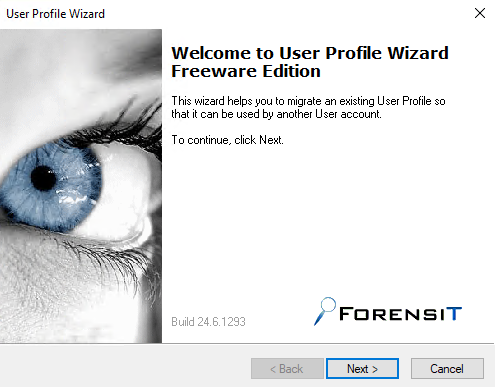
In today’s digital world, we rely heavily on technology for communication, banking, shopping, and even storing our most valuable memories. However, as technology advances, so do the risks of cyber threats, including a particularly dangerous form of malware called ransomware. If you’re not careful, ransomware can lock you out of your computer and demand payment to regain access to your files. Here’s what you need to know to protect yourself.
What Is Ransomware?
Ransomware is a type of malicious software (or malware) that hackers use to block access to your files by encrypting them. Once your files are encrypted, the attackers demand a ransom payment to unlock them. Sadly, even paying the ransom doesn’t guarantee you’ll get your files back.
How Does Ransomware Spread?
Ransomware often spreads through:
- Phishing Emails: These are fake emails that look legitimate but contain malicious links or attachments.
- Unsecure Websites: Visiting suspicious websites can expose your computer to ransomware.
- Infected Software: Downloading files or programs from untrusted sources.
How to Protect Yourself
The good news is that you can take simple steps to greatly reduce your chances of being targeted by ransomware:
1. Back Up Your Files Regularly
Make sure to back up important files to an external drive or a secure cloud service. This way, even if your computer is attacked, you won’t lose your data.
2. Think Before You Click
Be cautious with emails, especially if they’re asking you to click on links or download attachments. If you’re unsure, don’t click!
3. Keep Your Software Updated
Software updates often fix security flaws. Set your devices to update automatically to stay protected.
4. Use Strong Passwords
Create strong, unique passwords for your accounts, and never reuse them across different platforms. Consider using a password manager to keep track of them.
5. Install Antivirus Software
Antivirus programs can detect and block ransomware before it’s too late. Ensure your antivirus software is up to date.
6. Avoid Public Wi-Fi
Public Wi-Fi networks can be risky. Use a Virtual Private Network (VPN) to secure your connection when you’re on public networks.
What to Do If You’re Attacked
If you’re hit by ransomware:
- Don’t Pay the Ransom: Paying doesn’t guarantee you’ll regain access to your files.
- Disconnect Your Device: Immediately disconnect your device from the internet to prevent the malware from spreading.
- Seek Professional Help: Contact an IT professional or cybersecurity expert to assess the situation and attempt recovery.
Final Thoughts
Ransomware attacks can be devastating, but you have the power to protect yourself. By staying cautious and adopting these safety measures, you can keep your personal and professional data secure. Remember, the best defense against ransomware is prevention—start protecting yourself today!



